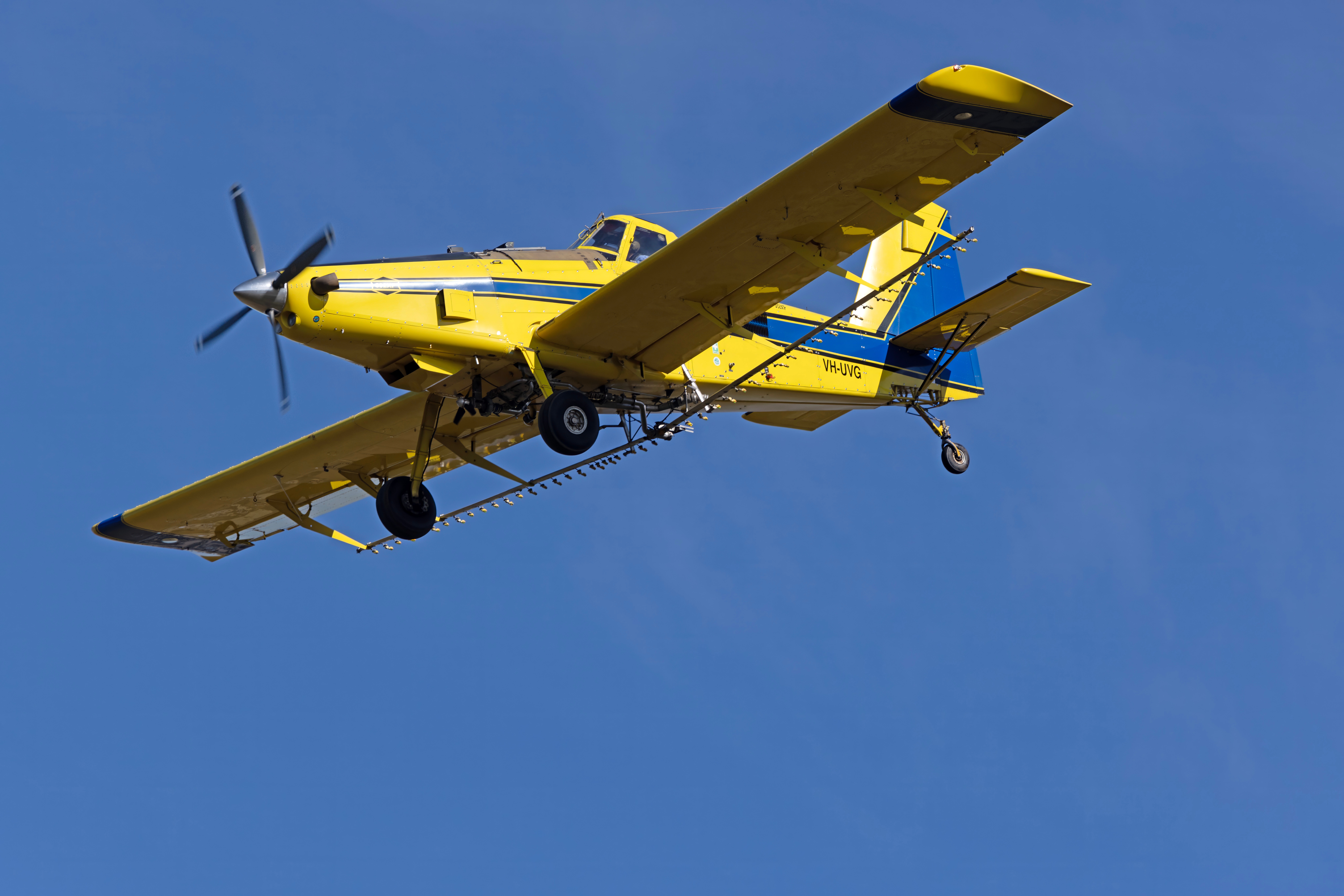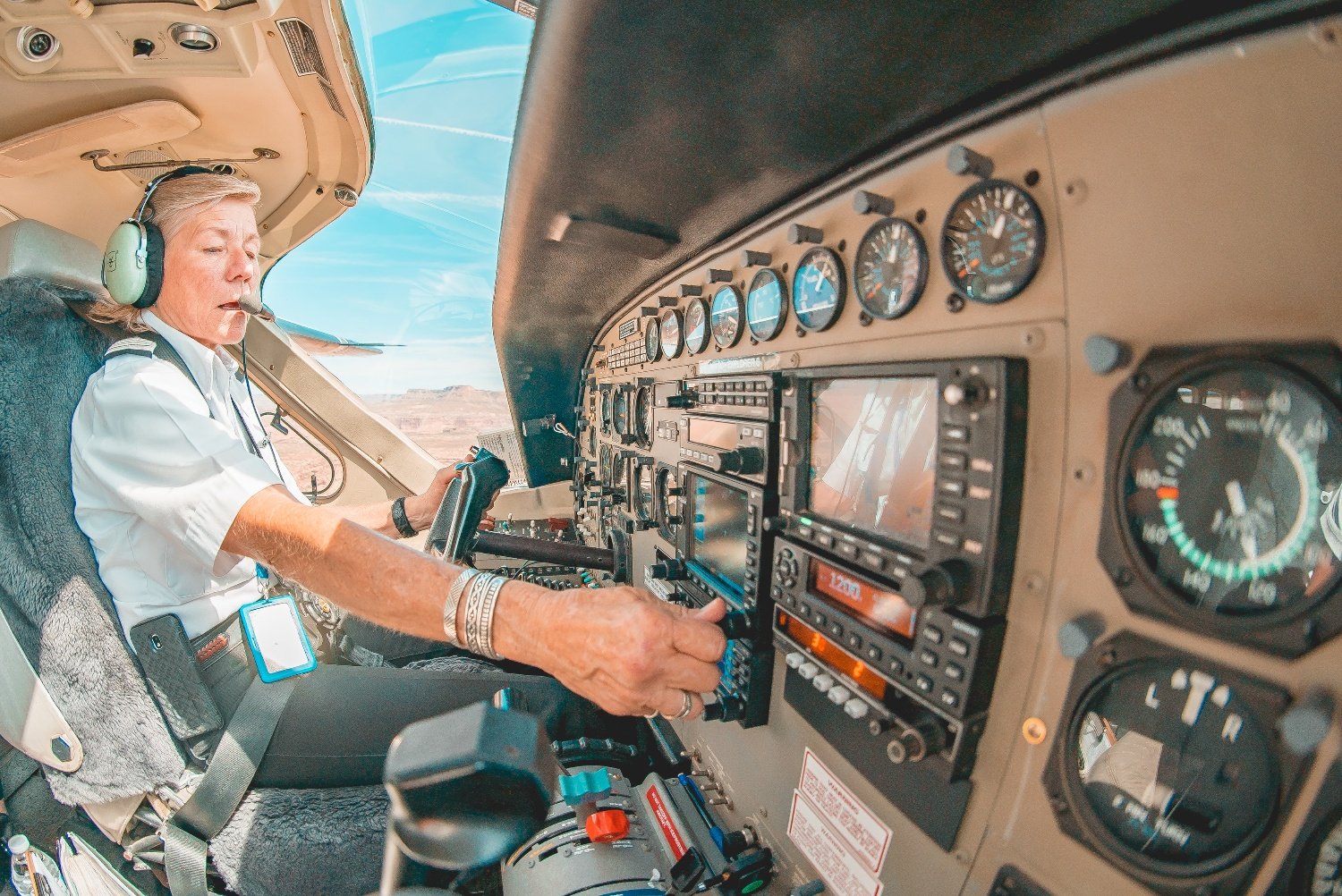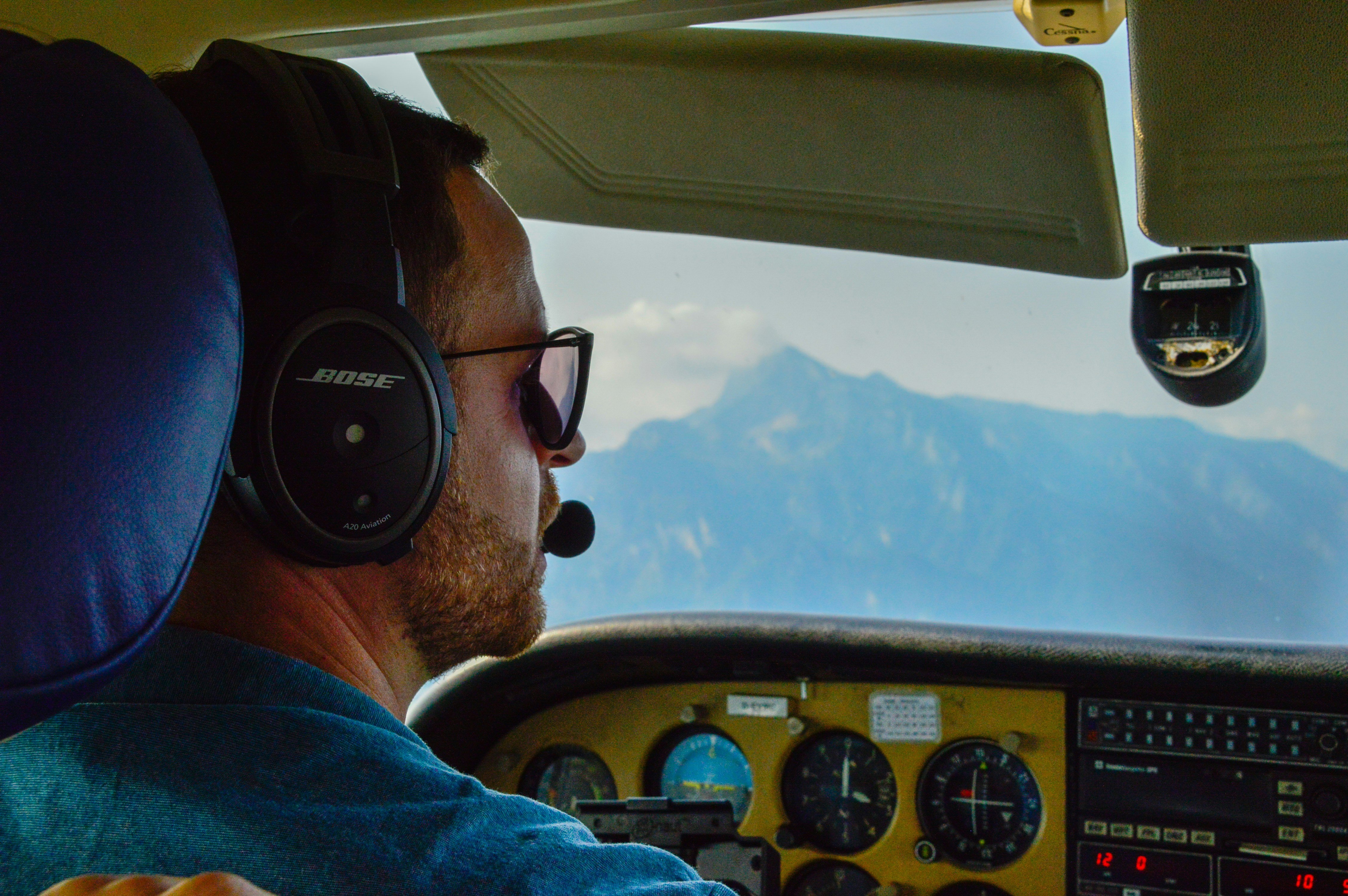Preventing Hazardous Attitudes in Aviation
Hazardous attitudes impact pilots of all experience levels — low- or high-time, student or Airline Transport Pilot, recreational or professional. Student pilots learn how to recognize hazardous attitudes early in their flight training, and proficient pilots take care to prevent them from causing undesired situations throughout their careers.
The Federal Aviation Administration considers hazardous attitudes to be a major risk causing incidents and accidents. The agency emphasizes how to “identify, assess, and mitigate” hazardous attitudes at all levels of the Airman Certification Standards.
In this article, we will review the five hazardous attitudes and their impacts on real-life aviation incidents, accidents, and violations.
Anti-Authority
In a nutshell, anti-authority is when you don’t want to be told what to do. Believing he or she knows better, a pilot questioning authority may bend or break regulations, such as ducking below approach minimums or violating minimum altitude rules to buzz a friend or family member.
A recent well-known case involved Martha Lunken, a former FAA Aviation Safety Inspector and Designated Pilot Examiner. During a flight in her Cessna 180, Lunken flew under a bridge outside of Cincinnati, Ohio. Afterward, she suggested the Cessna’s inoperative ADS-B signal may have been due to landings performed earlier in the day, though the maneuver was caught on a traffic camera located at the bridge. The FAA later issued an emergency order of revocation for all her pilot certificates.
A columnist for FLYING Magazine, Lunken has detailed her side of the incident and her journey to regaining her wings.
Impulsivity
Impulsivity is the desire to do something — anything — when presented with a scenario, rather than taking the time to consider the situation and potential courses of action and select the best one. The FAA describes an impulsive attitude in the Pilot’s Handbook of Aeronautical Knowledge as one that must “do it quickly.”
A motto across many sports — from car racing to competitive shooting — is “slow is smooth, smooth is fast.” As a pilot, you need to take the time to intake the information available to you, even in an emergency, rather than making lightning-quick irrational decisions.
In February 2019, a Boeing 767 flying for Atlas Air as a contractor to Amazon Prime crashed outside of Houston, Texas. The First Officer, who had a lengthy history of training failures at multiple air carriers, is believed to have accidentally engaged the “takeoff/go-around” mode of the autopilot during a level-off in turbulence, resulting in an automated power up and climb. Quickly making a call that the airplane was stalling, the First Officer pushed the 767 into a nearly 50-degree nose-down attitude, impacting Trinity Bay 32 seconds later at over 400 knots.
During the National Transportation Safety Board’s investigation, previous flight instructors and training records showed that the First Officer displayed “low situational awareness, became overwhelmed, overcontrolled the airplane, made numerous mistakes, and responded impulsively with inappropriate actions.”
Invulnerability
On the surface, invulnerability is an attitude that is easy to understand. In 2017, the FAA reported 346 general aviation fatalities and zero airline fatalities, a far cry from the 37,000 fatalities from automobile accidents reported by the National Highway Traffic Safety Administration.
A reasonable person could conclude that flying must be much safer than driving, so “what could go wrong?” Unfortunately, that attitude can lead to a sense of complacency and a feeling that nothing could happen.

An agricultural pilot narrowly avoided becoming an FAA statistic while demonstrating a Thrush crop-spraying aircraft to potential buyers in late 2017. He performed several low passes over a field for the demonstration, including one that had not been surveyed and cleared.
During the final pass, he struck a trailer parked at the edge of the clearing, damaging the propeller, landing gear, and components of the spray system. Fortunately, the pilot was able to nurse the wounded plane back to the airport but attributed the accident to a sense of invulnerability developed from regularly jumping from field to field.
Macho
Just as few of us could compete with Arnold Schwarzenegger in a weightlifting contest, we have to accept that we are not always better than the pilot next to us. Believing that we are superior to one another is an easy way to set up unnecessary risk-taking that clouds otherwise sound decision-making abilities.
A pilot with a macho attitude will have an inner dialogue that too frequently skews toward “I can do it.” One tragic example of this hazardous attitude reared its ugly head in 2007 when a risk-loving flight instructor took his own life and the lives of two students by performing aerobatic maneuvers in a Piper Arrow.
The NTSB reviewed radar data hinting at the four-seat trainer performing five “maneuvers of interest” the board concluded were aerobatic in nature, ultimately causing the wing spar to fail. Interviews conducted with students and other instructors after the accident revealed that the instructor, with 500 hours of flight time, had developed a reputation for performing spins, barrel rolls, and snap rolls in airplanes not approved for aerobatic flight. One student described him as a “megalomaniac.”
Resignation
Resignation is the feeling that you can’t do anything about the situation, so why even try? Whereas human nature may want to cave to psychological and physiological stressors in difficult situations, thinking “It is what it is”, pilots must recognize if they are being pulled into a situation they can — and maybe should — avoid.
One common example is accommodating a request from air traffic control that might be doable but is unnecessary nonetheless. For example, let’s say you are on the downwind after a long day of flying when the tower asks you to make a short approach since a jet is on a five-mile final. Pilots frequently snap, “Sure!”, even though it’s neither required nor needed.
A pilot landing in Salt Lake City did just that when ATC asked him to turn base in front of an airliner landing on a parallel runway. With his normal landing procedures interrupted, the pilot neglected to extend the landing gear, substantially damaging his Piper Meridian.
You are the pilot in command of the aircraft. You have the authority to extend the downwind, make sure you are ready to make a stable approach, and reduce the risk.
To Sum It Up
No matter your experience level, hazardous attitudes present risks to you, those around you, and your aircraft. Whether you are a student pilot still learning the ropes, a recreational flier in an unfamiliar area, or an experienced airline pilot dealing with a common situation, recognizing the potential hazards and identifying mitigations early can keep you safe.
If you’re flying with another pilot, don’t “hint and hope” as one airline says; make it clear what you see. Sometimes having a third-party view is all we need to catch something we’re missing. Be cognizant of the hazardous attitudes, know the strategies to catch and avoid them, and you’ll set a safer stage for all your flying endeavors.
Share this
You May Also Like
These Related Articles

Commercial Pilot Requirements: A Beginner's Guide

Don't Be Ashamed To Declare an Emergency
